Zaporizhzhia: Everything we know about Europe’s largest nuclear plant attacked by ‘reckless’ Russians
Russian shelling causes damage but safety of compound not affected, officials insist
A fire broke in a building outside Europe’s biggest nuclear power plant after being hit by Russian shelling as the war in Ukraine took another alarming turn.
By the morning, the fire in a training centre building close to the Zaporizhzhia site had been extinguished, Ukrainian authorities said, but the incident raised fears of a Chernobyl-type disaster that had the potential to affect the entire continent for decades.
The Russian shelling caused damage but the safety of the unit was not affected, officials have insisted, and the US said there was no indication of elevated radiation levels. Only one of the six reactors is currently online.
There was confusion, however, with reports suggesting that reactor number 1, which is under renovation and was not operating, had also been hit, with plant spokesman Andriy Tuz telling Ukrainian television that shells fell directly on the facility and had started a fire.
Russian forces are now said to be in control of the plant, but nuclear safety experts and the International Atomic Energy Agency (IAEA) are warning that intense fighting near nuclear facilities presents extreme risks.
"Europeans, please wake up. Tell your politicians, Russian troops are shooting at a nuclear power plant in Ukraine," President Volodymyr Zelenskiy said in a video address.
"If there is an explosion, that's the end for everyone. The end for Europe. The evacuation of Europe.”
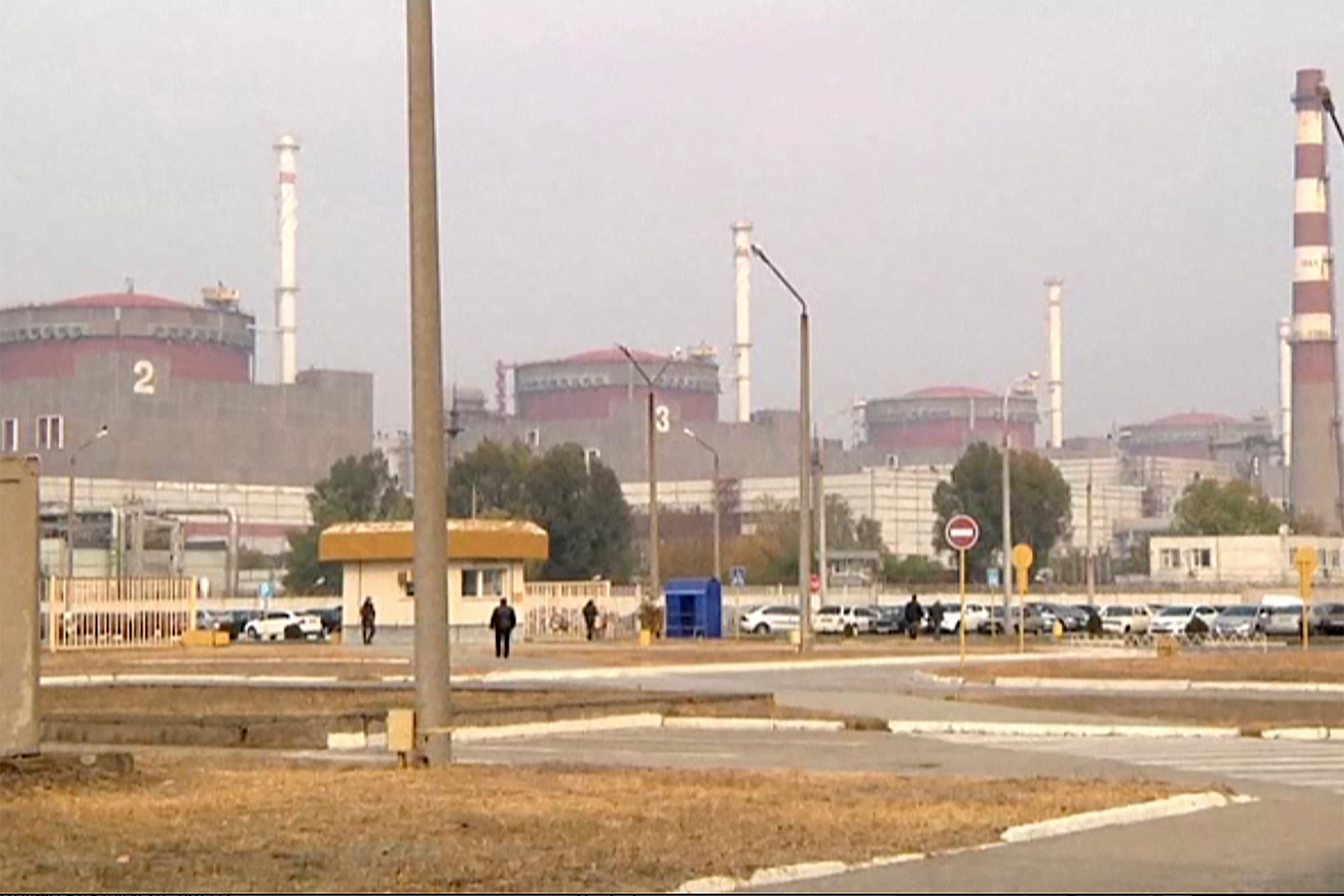
Dominic Raab, the deputy prime minister, said it was “very difficult to believe that it wasn't done deliberately” while Liz Truss, the foreign secretary, called it a “reckless attack” that was “hugely concerning”.
The head of the IAEA said he was "deeply concerned" by the situation at the nuclear plant, and that Ukrainian authorities had assured the agency that "essential" equipment was unaffected.
What is the Zaporizhzhia nuclear plant?
The Zaporizhzhia nuclear power plant is located on the banks of the Kakhovka water reservoir in southeastern Ukraine.
Construction started on the site in 1979 and the first reactor was turned on in 1984.
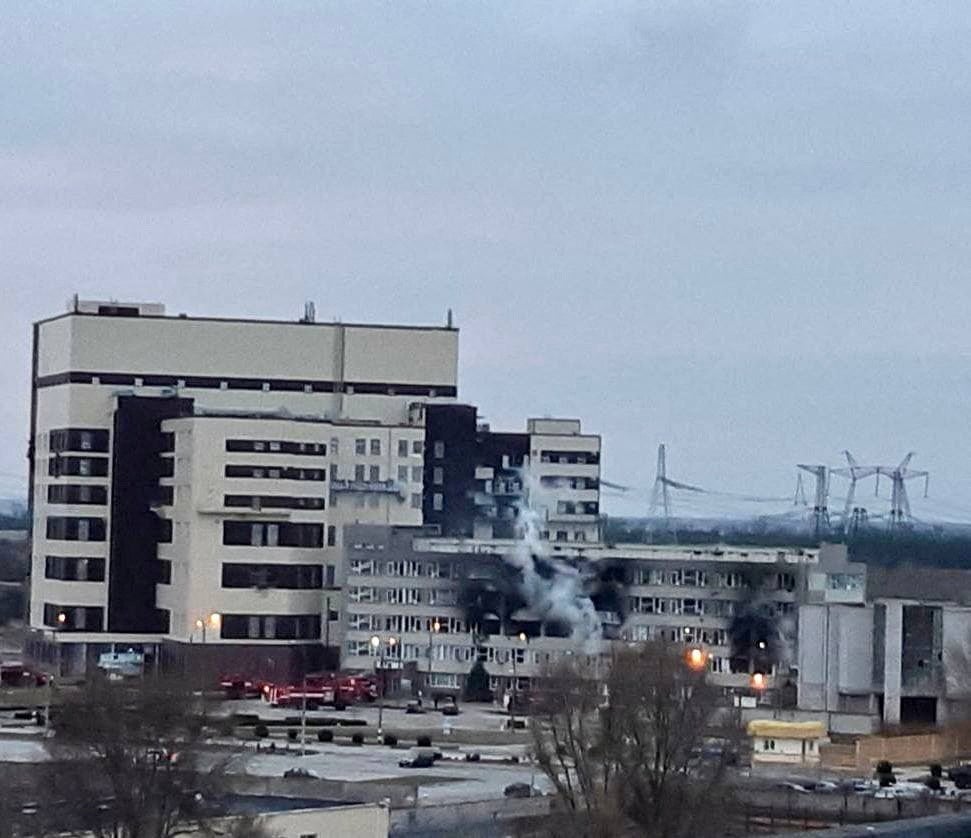
The 1986 Chernobyl nuclear disaster led to a moratorium on the construction of new nuclear power units in Ukraine, and construction work on reactor number 6 was paused. However increasing demand for electricity meant that the ban was later eased.
By 1995, all six Soviet-designed pressurised water reactor (PWR) units were in operation – with a combined power output of nearly 6,000 MW.
Zaporizhzhia is capable of providing one-fifth of Ukraine’s electricity and almost 47 per cent of electricity generated by Ukrainian nuclear power plants.
It has been operated by Ukraine’s national nuclear energy generating company NNEGC Energoatom, though it is unclear what will happen now that Russian troops have seized the site.
The city is home to around 750,000 people and is the sixth largest in Ukraine.
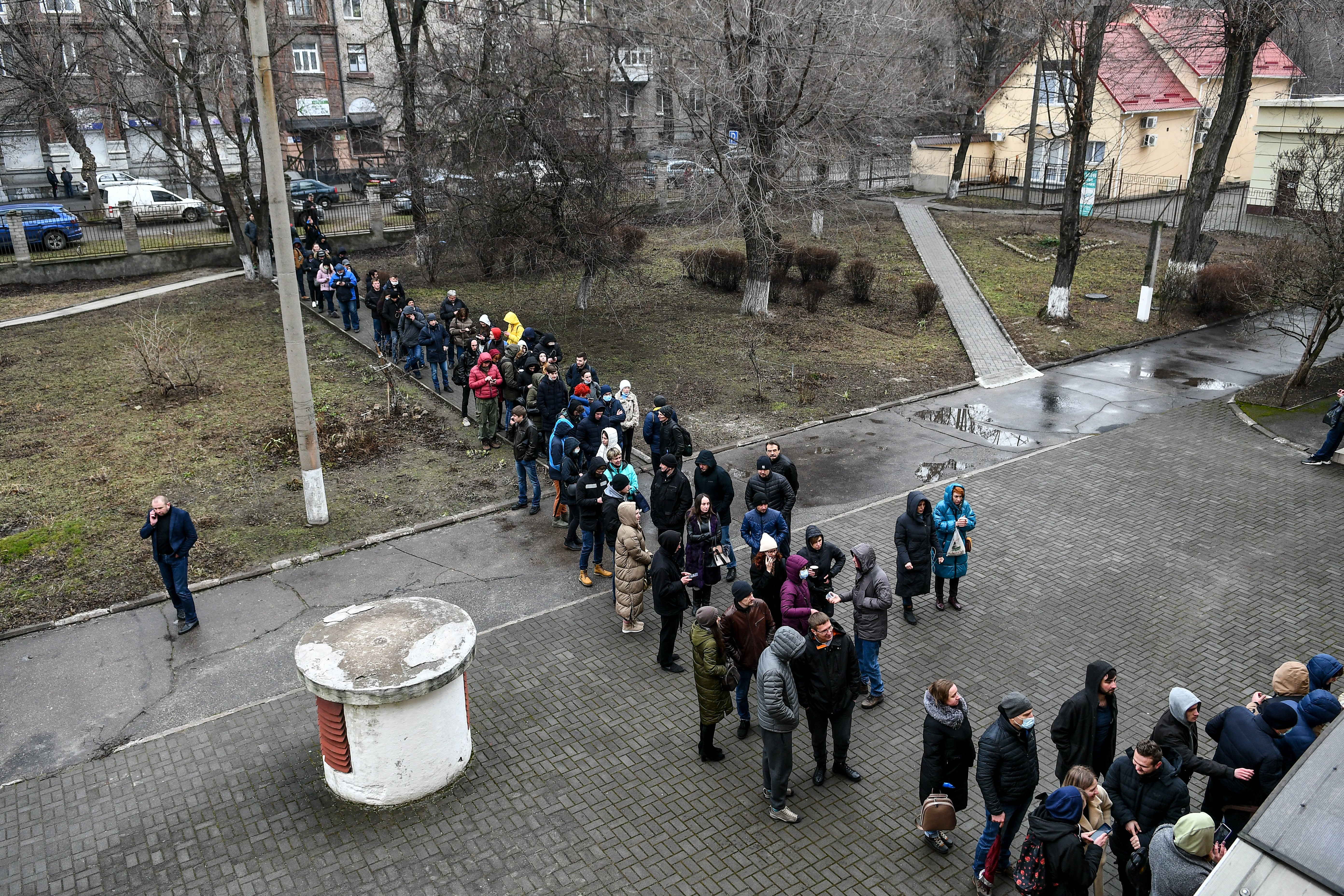
How does it compare to other sites?
Zaporizhzhia is the largest nuclear power plant not only in Ukraine but in Europe.
It was also the first nuclear power plant to receive a new reactor unit following the collapse of the Soviet Union.
At a global level, Zaporizhzhia is the ninth largest nuclear plant – Japan’s Kashiwazaki-Kariwa plant is the world’s biggest with around 30 per cent more capacity.
How many nuclear plants are in Ukraine and surrounding countries?
Ukraine has three other nuclear power plants: Khmelnytskyi, in the west; Rivne in the northwest; and the ‘South Ukraine’ plant, 170km north of Odesa.
The three sites combined provide only slightly more power than Zaporizhzhia.
Zaporizhzhia is of strategic importance to Russia because it is only about 200 km from Crimea, which Russia annexed in 2014.
Neighbouring Belarus, a close ally of the Kremlin, has a single nuclear power plant which is financed by Russia and is still under construction.
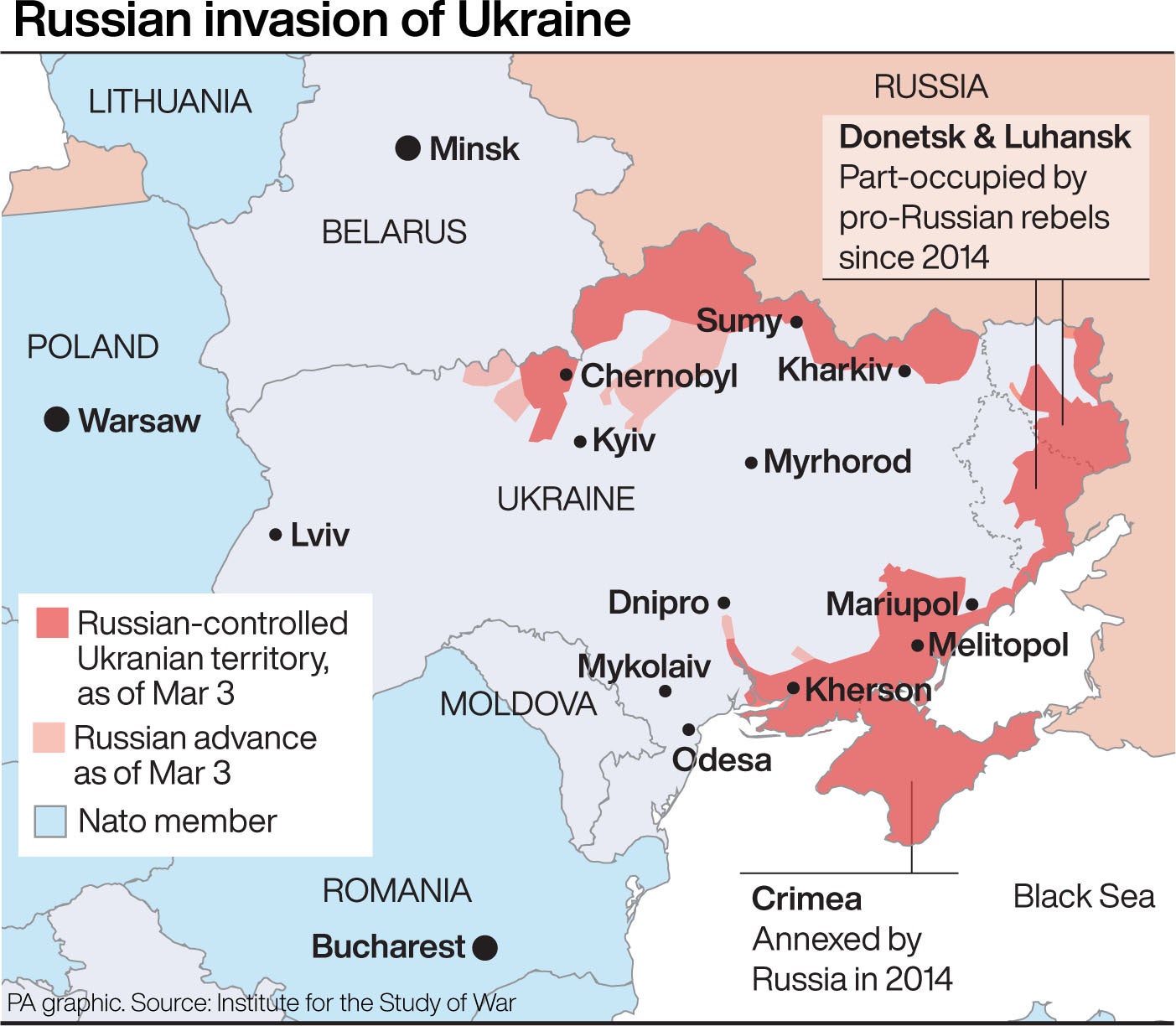
Russia itself has 37 nuclear reactors in operation and a further three under construction, providing around 20 per cent of the country’s energy needs.
Poland plans to have nuclear power from about 2033 but has no operational plants.
There are four reactors in Ukraine’s neighbour Slovakia, generating half of its electricity, another four in Hungary, producing a similar amount of power, and only two reactors in Romania. Moldova has no nuclear power plants.
What is the world saying?
The world has united in condemnation and warnings of the danger posed by fighting close to a nuclear power plant.
Boris Johnson, the British prime minister, called for an emergency meeting of the UN Security Council in the "coming hours" to raise the issue of Russia's attack on the plant, according to a No 10 statement.
Defence Secretary Ben Wallace said Mr Putin was “playing with fire that really is beyond anything that has to do with logic or necessity”.
IAEA Director General Rafael Mariano Grossi said he was “deeply concerned” and issued an “appeal to parties to refrain from actions that can put NPPs (nuclear power plants) in danger”.
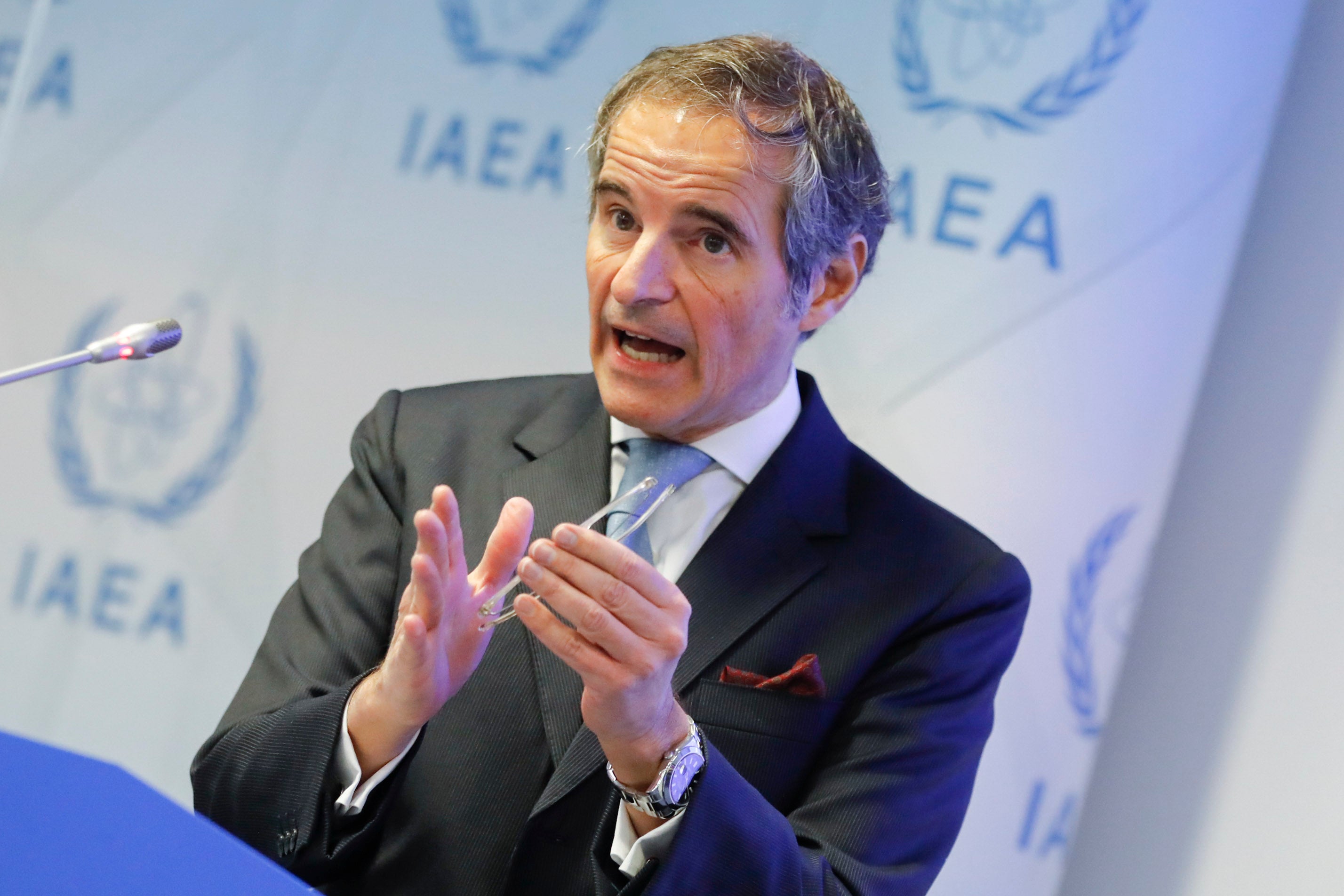
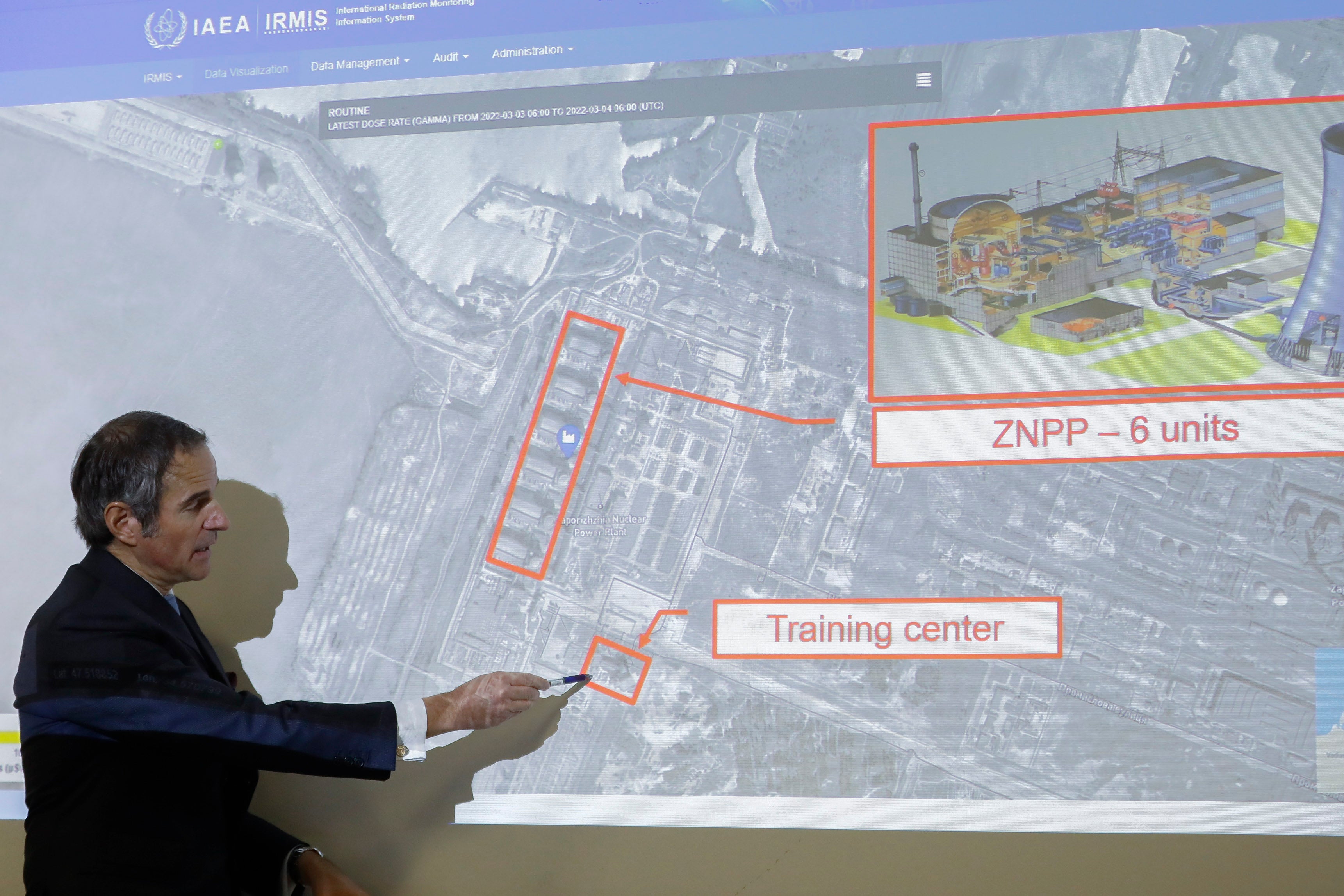
France has activated the crisis cell at its ASN nuclear watchdog body and its European affairs minister, Clement Beaune, called the situation “worrying and serious”.
Italy's prime minister, Mario Draghi, called it an "attack against everyone's security".
China, which has refused to criticise Russia for invading its neighbour, said it was “seriously concerned about the safety and security situation of nuclear facilities in Ukraine”.
However Russia’s defence ministry has blamed the attack on Ukrainian saboteurs, calling it a “monstrous provocation”.
A Russian defence ministry spokesman said the nuclear plant was operating normally and claimed the area had been under Russian control since 28 February.
"However, last night on the territory adjacent to the power plant, an attempt was made by the Kyiv nationalist regime to carry out a monstrous provocation," spokesman Igor Konashenkov said.
What risk does it pose?
The reactors at the plant have concrete domes that are thick enough to protect them from shelling, but an uncontrollable fire at the site could be catastrophic, particularly since it is difficult for emergency crews to gain access in the middle of a war and with Russian troops now in control of the area.
Another danger at nuclear facilities are the pools where spent fuel rods are kept to be cooled, which are more vulnerable to shelling and which could cause the release of radioactive material.
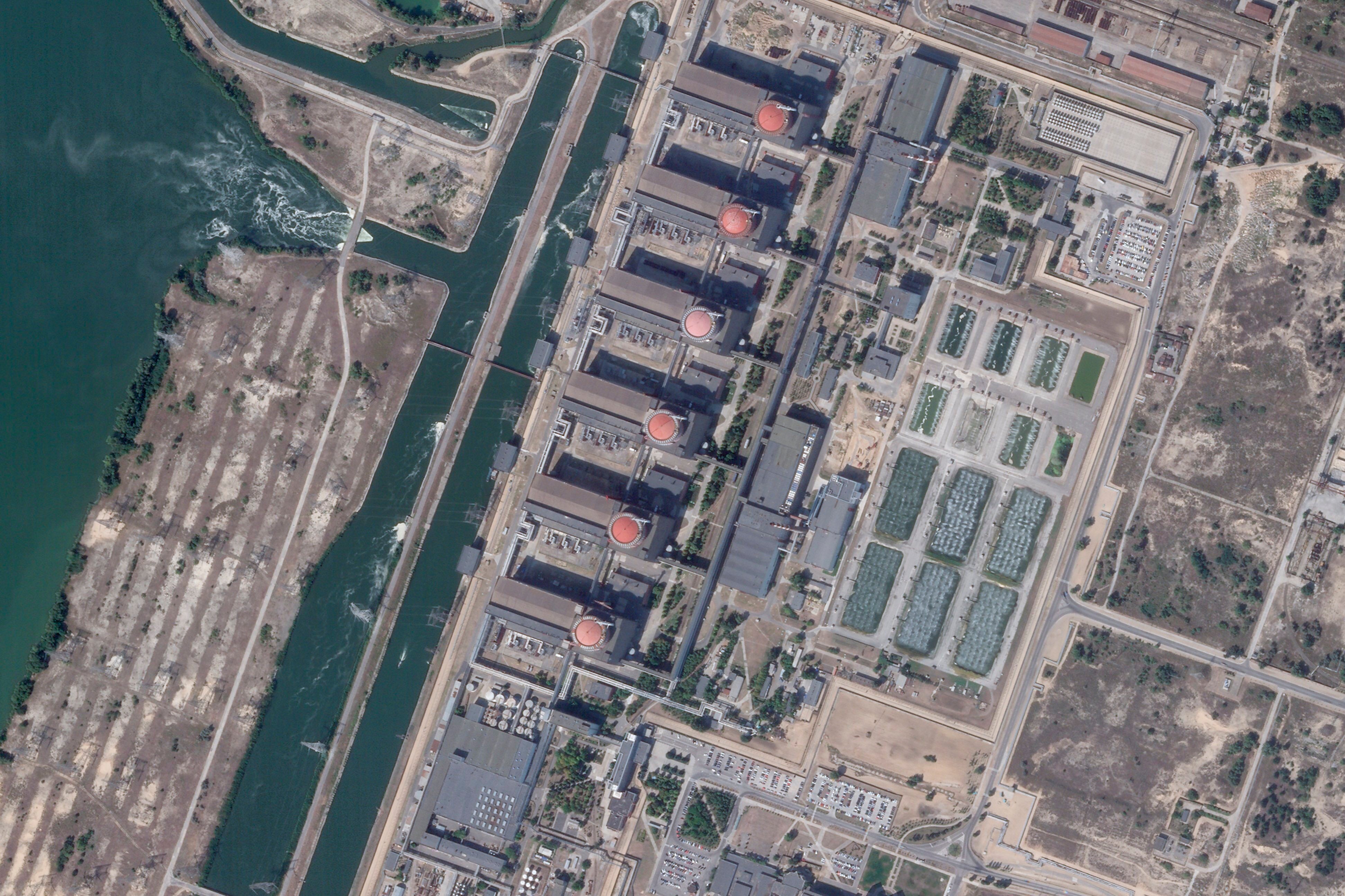
Perhaps the biggest issue, however, is the plant's power supply.
Najmedin Meshkati, an engineering professor at the University of Southern California who has studied both the Chernobyl and Fukushima disasters, said a loss of off-site power could force the plant to rely on emergency diesel generators, which are unreliable and could fail or run out of fuel, causing a station blackout that would stop the water circulation needed to cool the spent fuel pool, he said.
"That is my big – biggest concern," he said.
Studies suggest the Chernobyl disaster led to thousands of radiation-induced deaths across Europe, many from cancers years later.
Additional reporting by agencies
The Independent has a proud history of campaigning for the rights of the most vulnerable, and we first ran our Refugees Welcome campaign during the war in Syria in 2015. Now, as we renew our campaign and launch this petition in the wake of the unfolding Ukrainian crisis, we are calling on the government to go further and faster to ensure help is delivered. To find out more about our Refugees Welcome campaign, click here. To sign the petition click here. If you would like to donate then please click here for our GoFundMe page.



Join our commenting forum
Join thought-provoking conversations, follow other Independent readers and see their replies
Comments